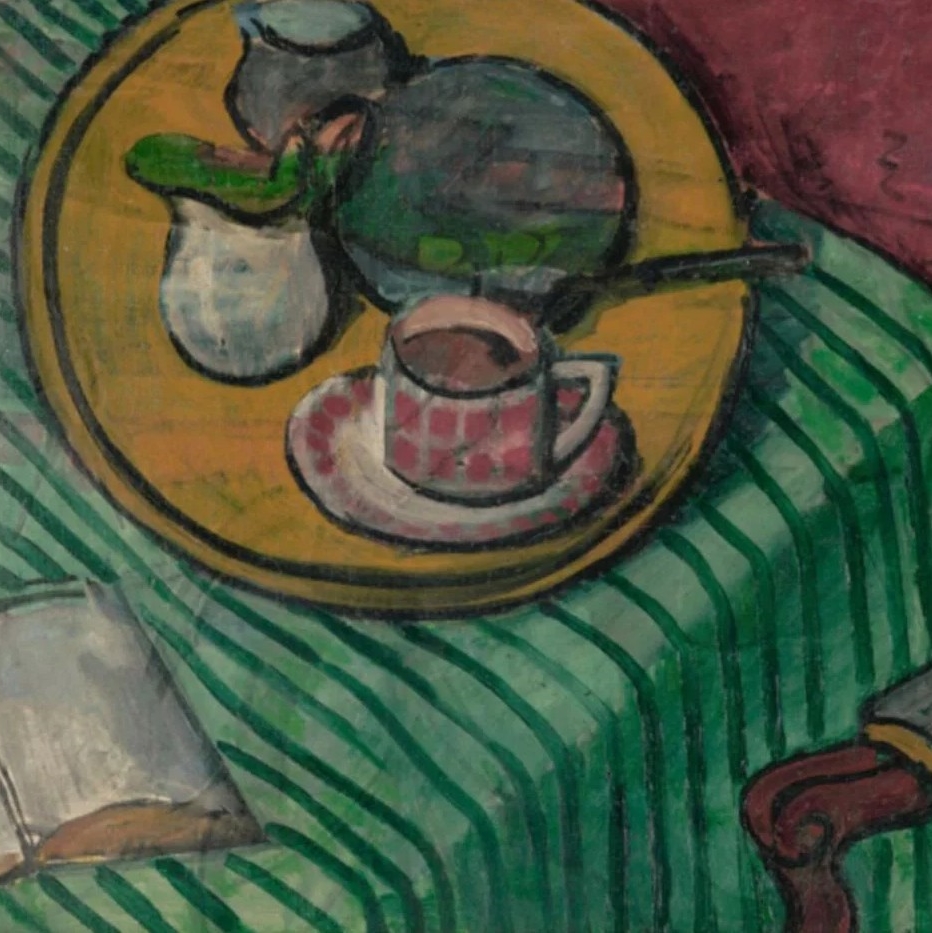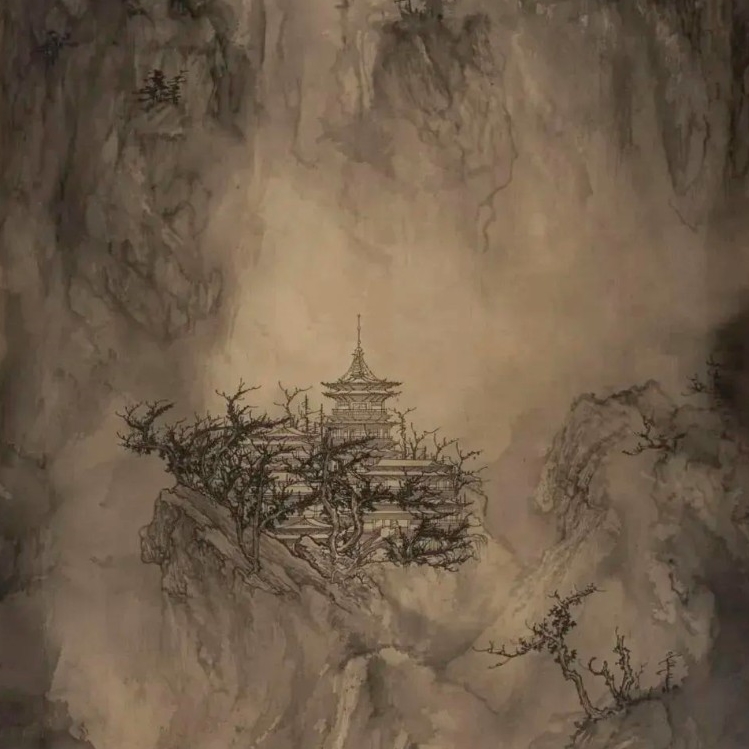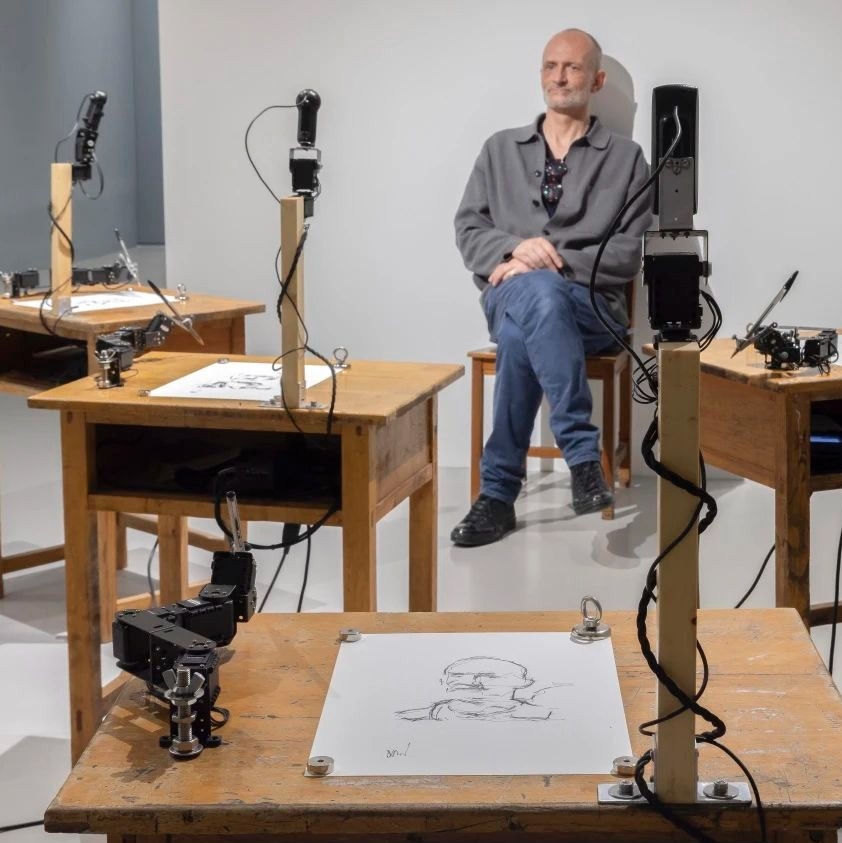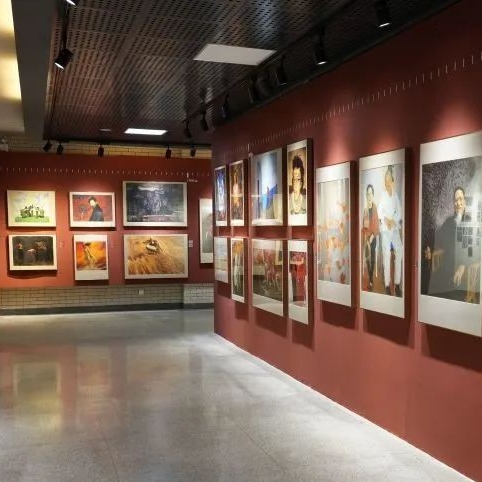Tang Hui: Between Memory and Experience
by Fan Di’an
(Director of National Art Museum of China, Professor at Central Academy of Fine Arts)
Contemporary Chinese art is now displaying a strong tendency towards developmental styles. As a manifestation of social reforms and cultural openings, it offers its audience the relationship between the ideas and concepts of contemporary Chinese artists with a social reality. Meanwhile one can also get a glimpse of the close relationship between Chinese culture and global culture. However, on the international stage, the pieces catching the attention of the art world and the most interpreted works are those with specific symbolism.
In fact, though there are exceptions. In the collection of contemporary Chinese art, there are certain artists who are uninterested in popular trends, and do not adopt any popular styles. Instead, they would rather stand fast in their own world, and express their interest and emotions according to their most truthful insights and cultural experience, and with this they build a world of their own. Their art has a more exemplary value. Only by combining their psychological maturity with their actual experiences can we fully comprehend the unique value in their work. Among these artists, Tang Hui is a typical example.
Tang Hui’s work unfolds into a rather rich and complex world, and it is difficult for us to appoint a specific term to his “style”, yet, his “style” is rather obvious. His art possesses the absurd logic of surrealism, as well as the grandeur of romanticism. In the past twenty years, his incredible imagination has constructed a huge imaginary maze, and he has not only submerged himself, but attracted people into this illusory world by which he has gained a brand new experience.
[gallery link="file" orderby="title"]
It is obvious that Tang Hui’s work is both “Chinese” and “contemporary”. Since entering the art academy and becoming an art teacher, Tang has always lived and worked in China. Although, like most artists, he lives in an era where global information can be easily accessed, and he is also familiar with complex changes and trends in the international art world. However, the external world, especially artistic trends, have never had a direct impact on him. Tang is an artist who is fully determined, a trait different from many artists of his generation. He believes the Chinese society he resides in provides sufficient support for his artistic practice with regards to artistic concepts, cultural traditions or visual experiences. Similarly, the contemporary traits in his art are also rather apparent; that is, the contemporary cultural reality experienced by the generation of artists born in the 1960s. More specifically, two cultural elements have been instrumental in his artistic career. One is the collective ideal accumulated and deposited in Chinese society since the 1950s, and the other is the cartoon cultural reality that has matured in his work. Over time, a collective ideal has formulated into a grand narrative mode in Chinese art and this tradition can be considered the initial foundation of his art – an understanding of the social significance of art. This tradition also allowed him to vividly express his imagination while hoping that the imaginary world would be what people long for. However, during the years in which he ventured into art, the internationally featured cartoon culture has become the cultural content occupying reality at large, visualized in sci-fi movies, animation, cartoons and robotic toys. They have aroused his curiosity, and he has not rejected such cultural realities. On the contrary, he has fully enjoyed the pleasure brought by the world of cartoons. From research to collecting, his relationship has developed from an interest to an infatuation, and in the process of fantasising cartoon characters. He obtained the underlying meaning of cartoon culture. Interestingly, the distinctive cultural qualities in the collective ideal and cartoon cultures have collided in a sophisticated manner in his work, forming a unique artistic style founded upon life experiences and cultural memories.
Looking into Tang Hui’s work over the past two decades, we find that its distinctive characteristics have been constructed under the guidance of these two cultural properties. In the early 1990s, the large work In Time series demonstrated his youthful vitality and imagination, as well as the ability to create richly structured imagery. Tang combined cultural and historical figures with a sci-fi context, and by piercing into a fixed time and space, he created a visual junction between history and the future. Later, his interest shifted to creating absurd individual figures, using both drawings and other mediums. He tried to cultivate strange beings on the grounds of his imagination, like a scientist exploring undiscovered territory, recording his newly discovered insights. During this period, cartoon culture has been elementary in the making of his imagery, and his unusual imagination nurtures these elements, transforming them into new artworks. In his works in recent years, Tang has located the collective ideals from his memories into new constructions at new levels, using a larger urban space as his laboratory in an attempt to reinstall the grand narrative into contemporary social reality.
In my view, Tang Hui’s art primarily possesses an equality awareness of the essential. In his concepts, any existing objects are real, whether they exist between the majestic or the mundane, between history and reality. There is only differences in form, not nature. He emphasizes the internal relationship between various objects, between the individual and others, and that the relationship between this object and others is internal, essential, and structural. Secondly, he believes in the organic theory of culture, and wishes to build a pleasurable alliance between different objects, and allows them to grow and reproduce naturally like life itself, and using the biological relationships between objects to replace the will of governance. Thirdly, his art has demonstrated a new sense of time that promotes our interest in the past and the future in his attempt to save the shattered world with new ecological ideas, dissolving the opposition between men, the world and matter. To summarise, his art has revealed a reconstructed cultural ideal after having deconstructed it.
August 2008
Beijing
About the exhibition
Date: December 30th 2011--February 29th, 2012
Location: Eastation Gallery, 9#, 1st Building, Northern District, Pingod Community, No.32 Baiziwan Road, Chaoyang District, Beijing, P.R.China, 100022
Courtesy of the artist and Eastation Gallery.





























